05 Jun Who is Responsible for a Rear-End Collision?
The British Columbia Court of Appeal has decided that fault generally lies with the “following driver” in a rear-end collision. Most people would agree that this is common sense.
The Court also emphasized that a rear-end collision is merely evidence, for which the Plaintiff and Defendant can offer different explanations. Once the Court has drawn an inference of liability based on the rear-end collision, it is open to the Defendant to offer an explanation of how the accident could have come about without his negligence.
In the case of Wright v. Mistry, 2017 BCSC 23, the Plaintiff said he was stopped at a red light, behind another car. As the light changed, the Defendant’s car hit him from behind. He argued that the Defendant was clearly at fault for rear-ending him at a light in the middle of the day. He also argued that the Defendant admitted liability for the accident in his examination for discovery.
The Court noted that if the Defendant advanced a sufficiently plausible and real explanation of how the accident could have occurred without his negligence, then that would defeat the inference alleged by the Plaintiff.
The Defendant claimed that he was driving behind the Plaintiff as they both approached the intersection. When the light started to change, the Plaintiff applied his brakes. The Defendant followed suit, but the Plaintiff then quickly came to a stop. The Defendant said that, because of this abrupt stop, he could not avoid hitting the Plaintiff’s vehicle.
Although the Judge did not agree that the Defendant’s testimony at discovery amounted to an admission of liability, he did find that the evidence overwhelmingly supported that the Defendant was liable for the accident. There was good reason to infer, from both the rear-end collision, and the Plaintiff and Defendant’s evidence, that the Defendant was negligent when he hit the Plaintiff’s vehicle.
The Judge had difficulty with the Defendant’s explanation for the collision. Even if the Judge accepted that the accident happened as the Defendant related (which he do not), the Defendant would still be at fault. By the Defendant’s account, the light turned yellow as the vehicles approached the intersection. Section 128(1)(a) of the Motor Vehicle Act required the Plaintiff to stop at the intersection for the yellow light. The Plaintiff’s braking would not have been unreasonable or unexpected. Even if the Defendant’s account was accepted, the Judge could only conclude that he was either following too closely, or not paying attention as the parties approached the intersection.


